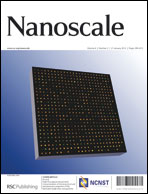From the perspective of bond relaxation and bond vibration, we have formulated the Raman phonon relaxation of graphene, under the stimuli of the number-of-layers, the uni-axial strain, the pressure, and the temperature, in terms of the response of the length and strength of the representative bond of the entire specimen to the applied stimuli. Theoretical unification of the measurements clarifies that: (i) the opposite trends of the Raman shifts, which are due to the number-of-layers reduction, of the G-peak shift and arises from the vibration of a pair of atoms, while the D- and the 2D-peak shifts involve the z-neighbor of a specific atom; (ii) the tensile strain-induced phonon softening and phonon-band splitting arise from the asymmetric response of the C3v bond geometry to the C2v uni-axial bond elongation; (iii) the thermal softening of the phonons originates from bond expansion and weakening; and (iv) the pressure stiffening of the phonons results from bond compression and work hardening. Reproduction of the measurements has led to quantitative information about the referential frequencies from which the Raman frequencies shift as well as the length, energy, force constant, Debye temperature, compressibility and elastic modulus of the C–C bond in graphene, which is of instrumental importance in the understanding of the unusual behavior of graphene.

You have access to this article
 Please wait while we load your content...
Something went wrong. Try again?
Please wait while we load your content...
Something went wrong. Try again?


 Please wait while we load your content...
Please wait while we load your content...